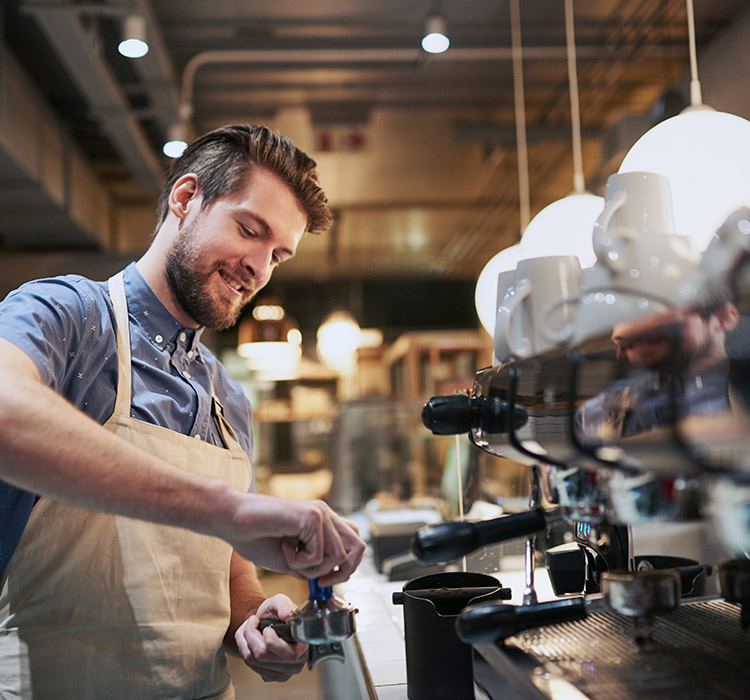
BMO named 2024 VETS Indexes 4 Star Employer
BMO is proud to announce that we’ve earned the designation of VETS Indexes 4 Star Employer for 2024. The award recognizes BMO’s commitment to recruiting, developing, and supporting Veterans and… Read more










